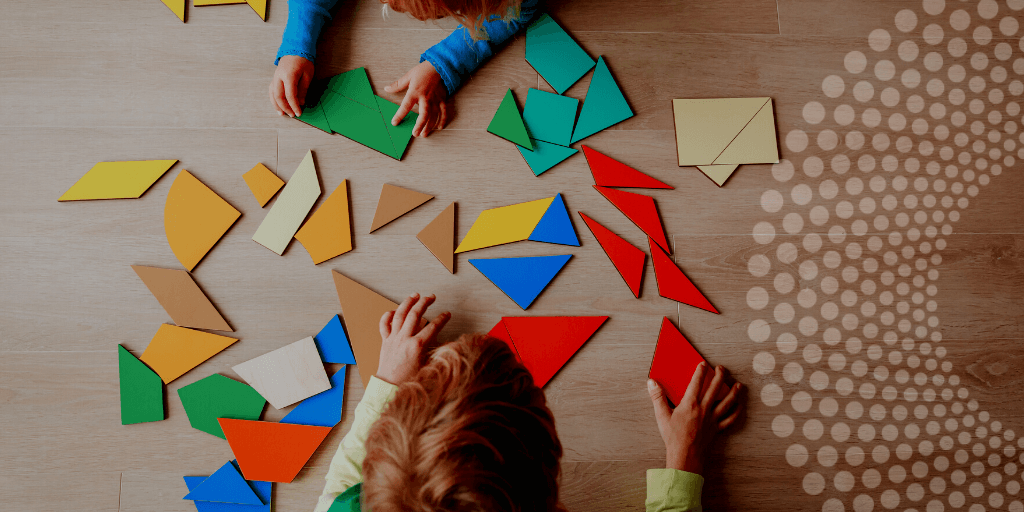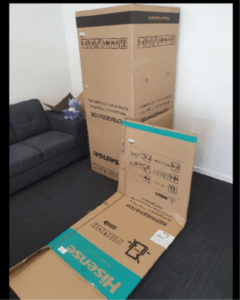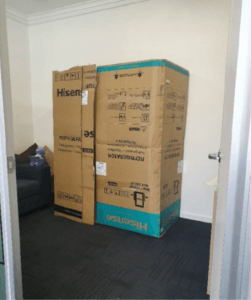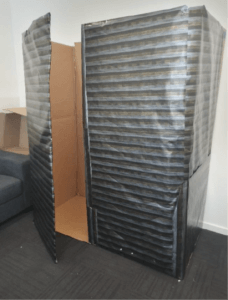
The Making of a Wardrobe – Bringing Creativity into Therapy
This ‘The Making of a Wardrobe – Bringing Creativity into Therapy’ blog article was written by Jennifer Gay, Team Leader in Therapeutic Services, at the Australian Childhood Foundation.

Recently a young person that ACF was working with in a Therapeutic Foster Care program told her counsellor on a home visit that her safe place to hide was in her wardrobe. She showed the counsellor her wardrobe and invited her to look at the space. This young girl aged 8 had several months beforehand disclosed abuse that had occurred from another older foster boy living in the same placement as her. During the home visit the young girl was talking to her counsellor about how if she is ever feeling scared or worried that she hides in the back of her wardrobe. This small enclosed space provided a place where this young girl felt safe.
This invitation into a place of safety from the young girl was very clear and this then had the counsellor thinking about how to translate that safe place into therapy and the counselling room. It was not feasible to do the sessions in the actual wardrobe as it was very small and at their house, however the counsellor had the idea then to recreate the wardrobe and that started the project.
 The counsellor sourced large cardboard boxes and together she and the young person made a life-size wardrobe within the counselling room that they then decorated together. This then became the space where they did their counselling sessions once the wardrobe was completed. It took several weeks to finish the wardrobe and through this process of creating something together the relationship between the young girl and the counsellor was strengthened.
The counsellor sourced large cardboard boxes and together she and the young person made a life-size wardrobe within the counselling room that they then decorated together. This then became the space where they did their counselling sessions once the wardrobe was completed. It took several weeks to finish the wardrobe and through this process of creating something together the relationship between the young girl and the counsellor was strengthened.

This is one of many different examples of how counsellors work creatively within therapy, especially with children. The use of play and imaginative storytelling can help to build engagement, explore and understand the child’s perspective and their world and to allow them to express and tell us their story.
In this particular situation not only did this wardrobe represent something concrete – a place that the young person hid in to feel safe but much like in the famous story “The Lion, the Witch and the Wardrobe”, this wardrobe also symbolised a way for the counsellor to be able to access the child’s world that at times can be quite hidden.
What are some of the ways that you bring creativity into your work with children and young people?
